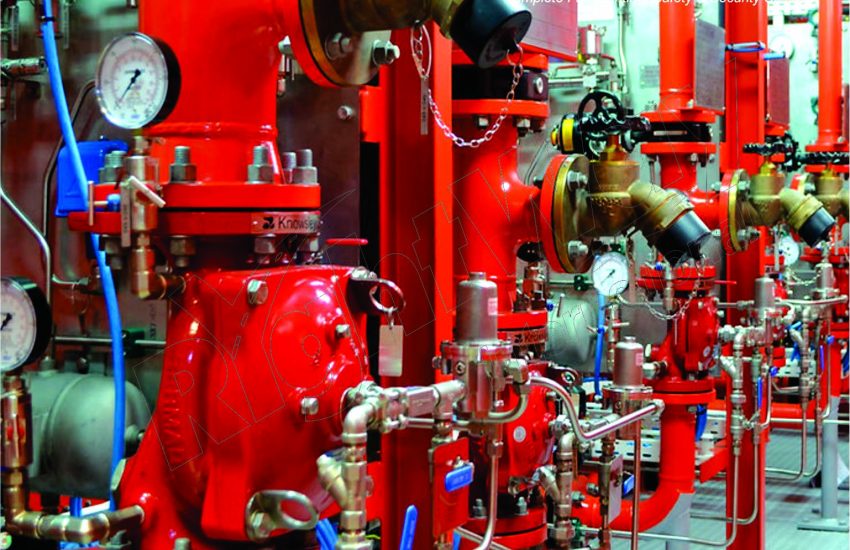Deluge System When it comes to fire protection, deluge systems are one of the most effective solutions available. Designed to quickly suppress flames and minimize damage, these systems are crucial for industries dealing with flammable materials. In this article, we’ll explore what deluge systems are, how they work, their benefits, and key considerations for installation.
What is a Deluge System?
A deluge system is a type of fire suppression system that releases a large volume of water over a designated area. Unlike traditional sprinkler systems, which activate individually, deluge systems operate with open sprinkler heads. This allows for rapid coverage and is particularly effective in high-hazard environments.
Keywords: deluge fire suppression, open sprinkler system, fire protection systems
How Deluge Systems Work
Deluge systems consist of several key components:
- Water Supply: A dedicated water source, typically a storage tank or connection to a municipal supply.
- Control Valve: The valve opens when the fire detection system activates.
- Piping Network: A series of pipes that distribute water to the open sprinkler heads.
- Sprinkler Heads: These are designed to discharge water over the affected area without any heat-sensitive elements.
When the fire detection system identifies a threat, the control valve opens, allowing water to flow through the system and douse the flames.
Keywords: fire detection system, water supply for deluge systems, sprinkler head design
Benefits of Deluge Systems
Deluge systems offer several advantages, especially in industrial settings:
- Rapid Response: Immediate activation allows for quick suppression of flames, minimizing damage.
- Effective for Large Areas: Ideal for large spaces where flammable materials are present.
- Versatility: Can be used for various applications, including oil refineries, power plants, and chemical storage facilities.
Keywords: rapid fire suppression, industrial fire safety, versatile fire protection
Key Considerations for Installation
When installing a deluge system, keep the following factors in mind:
- Risk Assessment: Conduct a thorough evaluation of potential fire hazards in the area.
- System Design: Work with professionals to design a system that meets local regulations and specific needs.
- Maintenance: Regular inspection and maintenance are crucial to ensure optimal performance.
- Training: Personnel should be trained in emergency procedures and system operation.
Keywords: deluge system installation, fire risk assessment, maintenance of fire systems
Conclusion
In summary, deluge systems are a vital component of fire safety for high-risk environments. Understanding how these systems work and their benefits can help organizations protect their assets and ensure safety. If you’re considering a deluge system for your facility, consult with fire protection experts to ensure the best design and installation practices.
Call to Action
Ready to enhance your fire protection strategy? Contact a certified fire safety consultant today to learn more about deluge systems and how they can safeguard your business.


